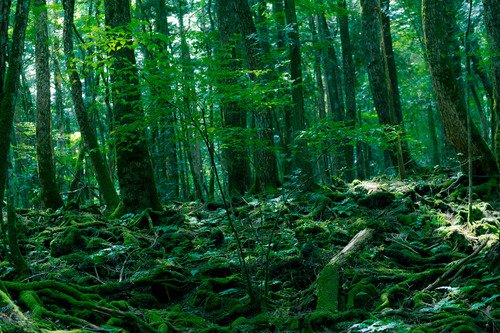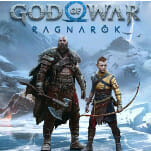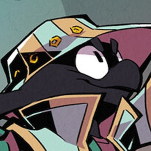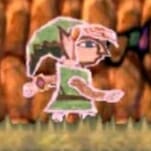5 Places Bloodborne Should Go Next
Bloodborne might receive a ton of attention for its vicious combat and ruthless difficulty, but all of that would be for nothing if it wasn’t wrapped up in a world that is as horrifying as it is spellbinding. From Software has proven themselves adept at creating worlds that demand your attention, if only because a distracted player is a dead player.
The city of Yharnam and its surrounding hinterland draws heavily from the Victorian period of Eastern Europe and the religious orthodoxy that permeated that culture. As you walk its foggy and decaying streets you are always painfully aware of the religious undercurrent pulsing through the ruined city. But as I wander those streets, I cannot help but wonder what other worlds From Software could bring to life. What other cultures could director Hidetaka Miyazaki draw from and then deform with his dark vision?
Here is a list of five cultures and their related mythologies that would be fertile ground for From Software to plant their twisted seeds.
1. Babylon and the Gateway to the Gods
Generations after a flood destroyed all life on earth, a migration of people speaking a single language found their way to what is now modern day Iran. Here, the story goes, they began to build a city with a tower that threatened to reach all the way to Heaven. Seeing this, God came to Earth to inspect their work. Upon realizing that their success would mean nothing was impossible for these people, he confused their language and scattered them across the world. The Tower of Babel is an ancient tale, one that highlights the potential men and women have when they work together, and the god who was threatened by this.
Imagine the chaos that would ensue from a city cast from such heights into the depths of madness, as men and women struggle to converse in their new tongues, as loved ones disappear forever, and society crumbles into anarchy. The golden glory of Babylon laid low by their own ambition would be a foundation ripe for the themes From Software works into many of their games — men who reached too high and have fallen so low.
2. Scandinavia and the Year Walk

While Scandinavian folklore has always played a key role in many fantasy settings (they are responsible for elves and dwarves, after all) there is plenty of it that remains untapped. One ritual in particular stands out as the perfect foundation for a Souls game: the Year Walk known in Swedish as an Årsgång (pronounced orsh-gong.
Year walking was a method of divination usually performed on Christmas or New Year’s Eve. After spending a day in total darkness, with no food, drink or social interaction, a year walker would rise at midnight and begin a journey, often through the woods, to the local church. After circling the church a number of times, they would blow into the front door’s keyhole. With this act, a year walker would be stripped of their Christianity and presented a host of supernatural beings who challenged them with tests. By completing these challenges, a year walker would be given glimpses of moments that would happen the following year.
-

-

-

-

-

-

-

-

-

-

-

-

-

-

-

-

-

-

-

-

-

-

-

-

-

-

-

-

-

-

-

-

-

-

-

-

-

-

-

-












































